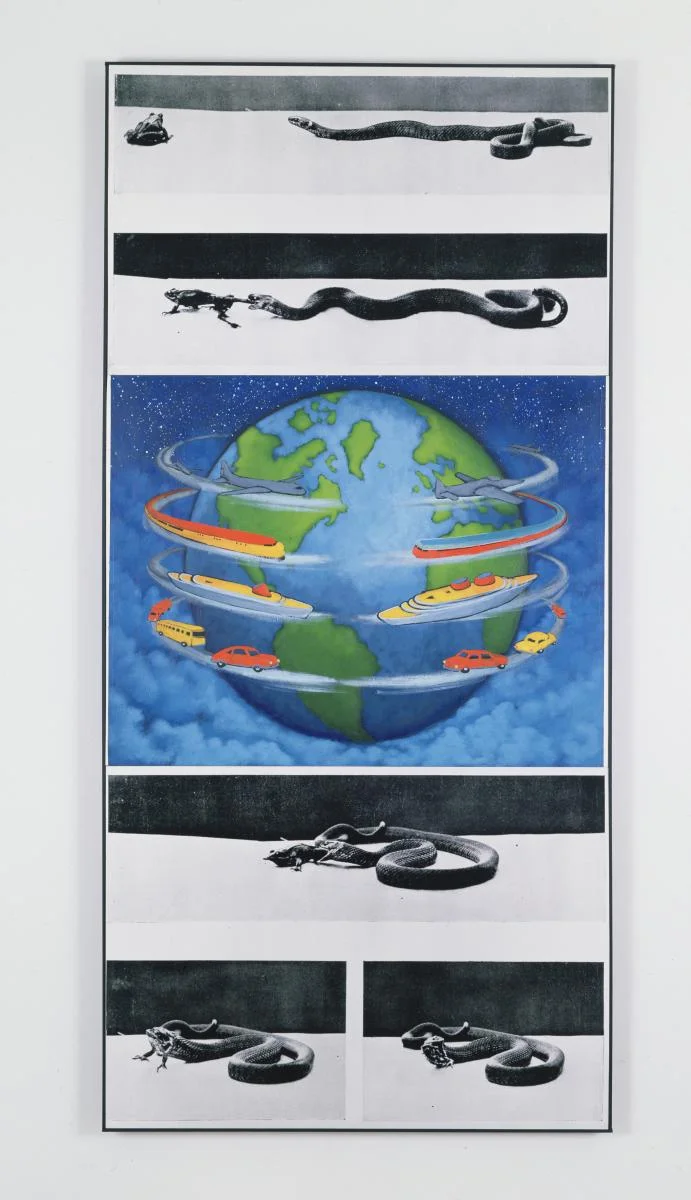The Medium and the Message: Sara Blair's How the Other Half Looks
Reviewed by Aaron Shkuda
Visitors to Seward Park on Manhattan’s Lower East Side from July 2018 through July 2019 can view “Mom-and-Pops of the L.E.S.,” a project by the photographers James and Karla Murray. The installation is a trompe l'oeil storefront, a cube containing four large-format prints of the couple’s photographs of the vanishing businesses of the Lower East Side. These include a delicatessen modeled on the façade of the still-extant Katz’s, but meant to stand in for any of the shuttered Jewish delis across the city. This project, with its mix of Lower East Side iconography, nostalgia for a lost immigrant New York, and the complicated, multiply-mediated encounters it inspires, is an appropriate companion to Sara Blair’s powerful and compelling new book, How the Other Half Looks: The Lower East Side and the Afterlives of Images.
Read More









